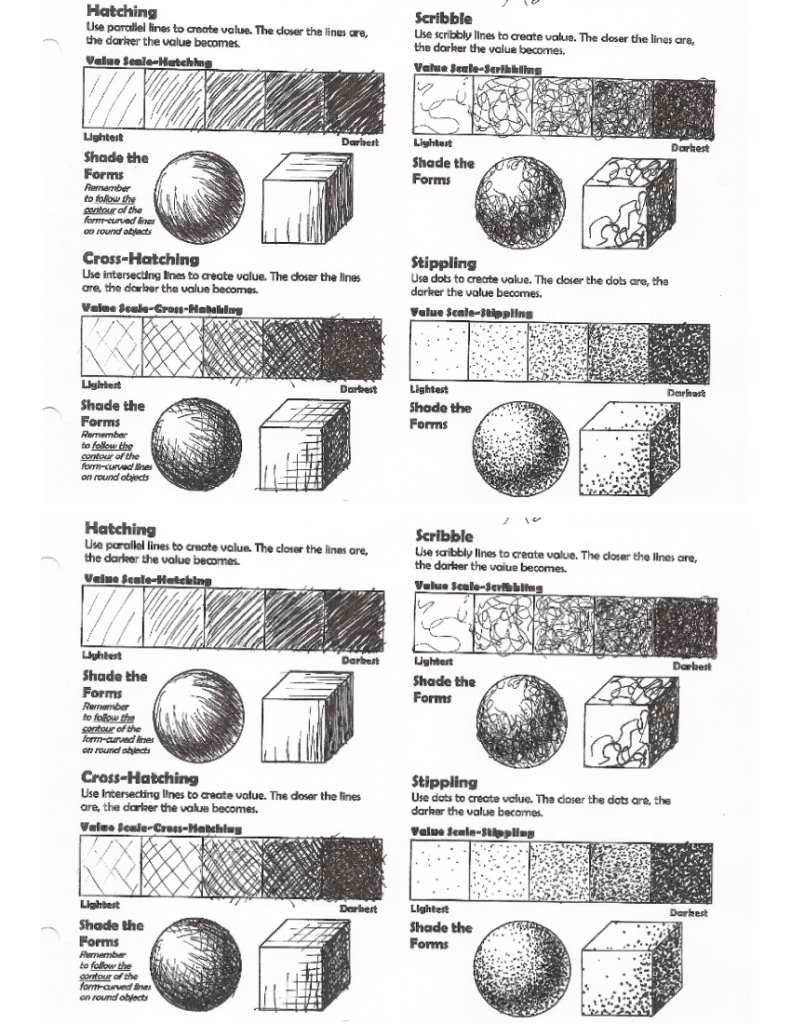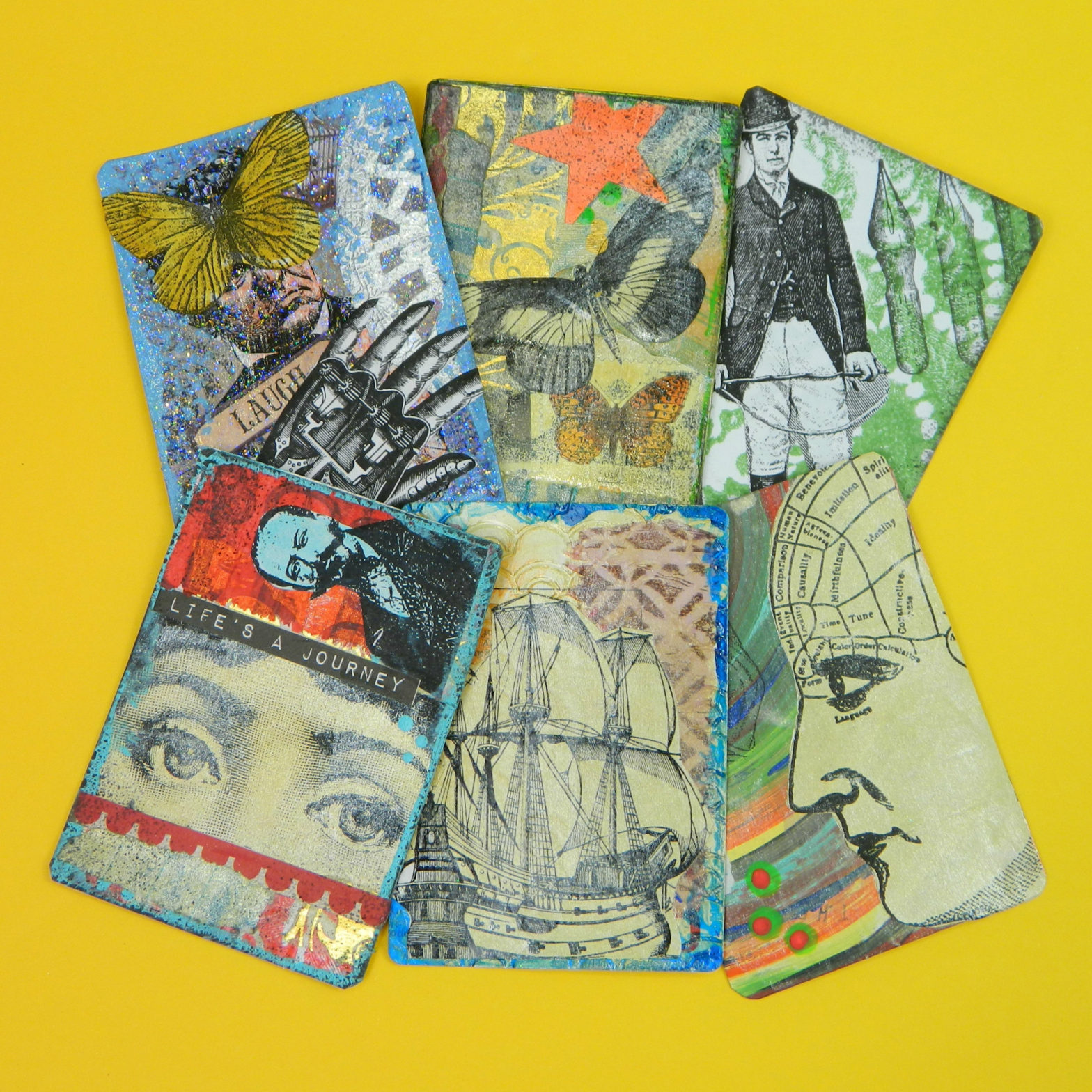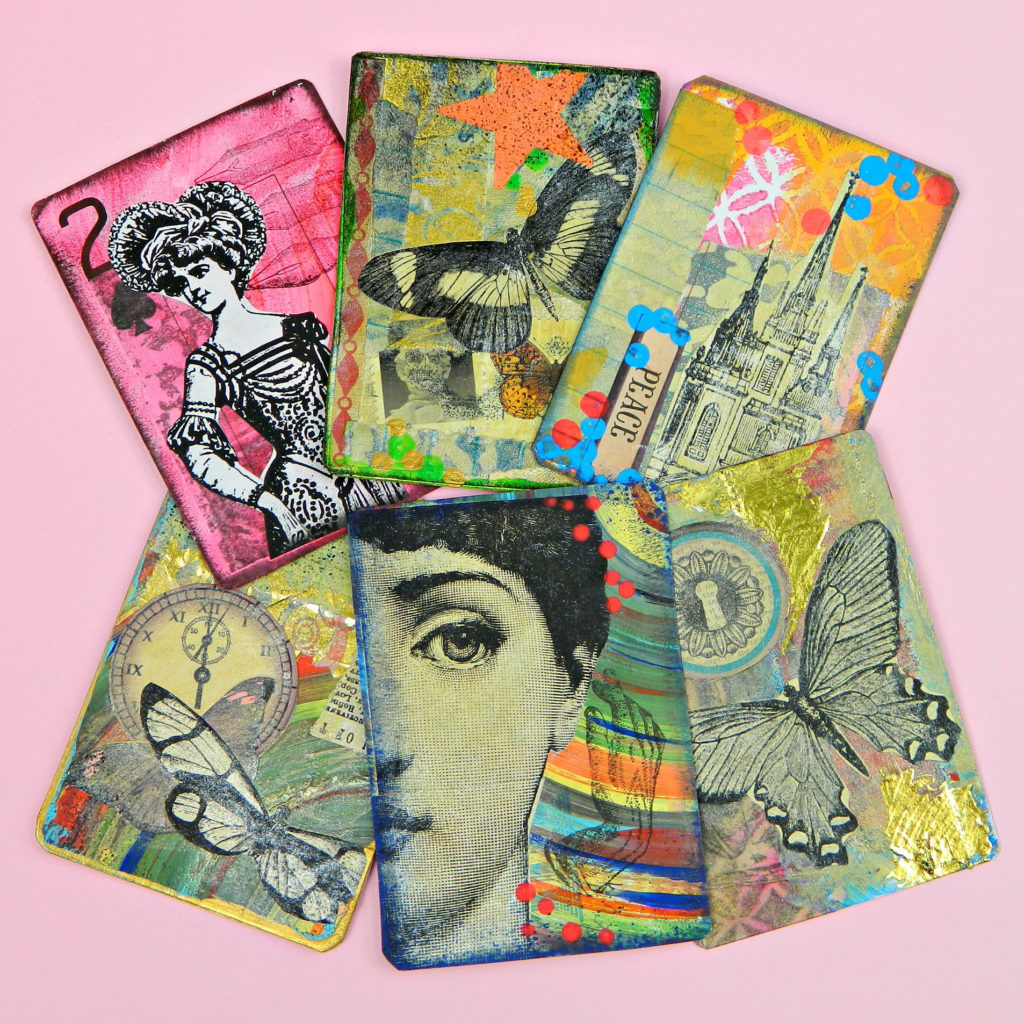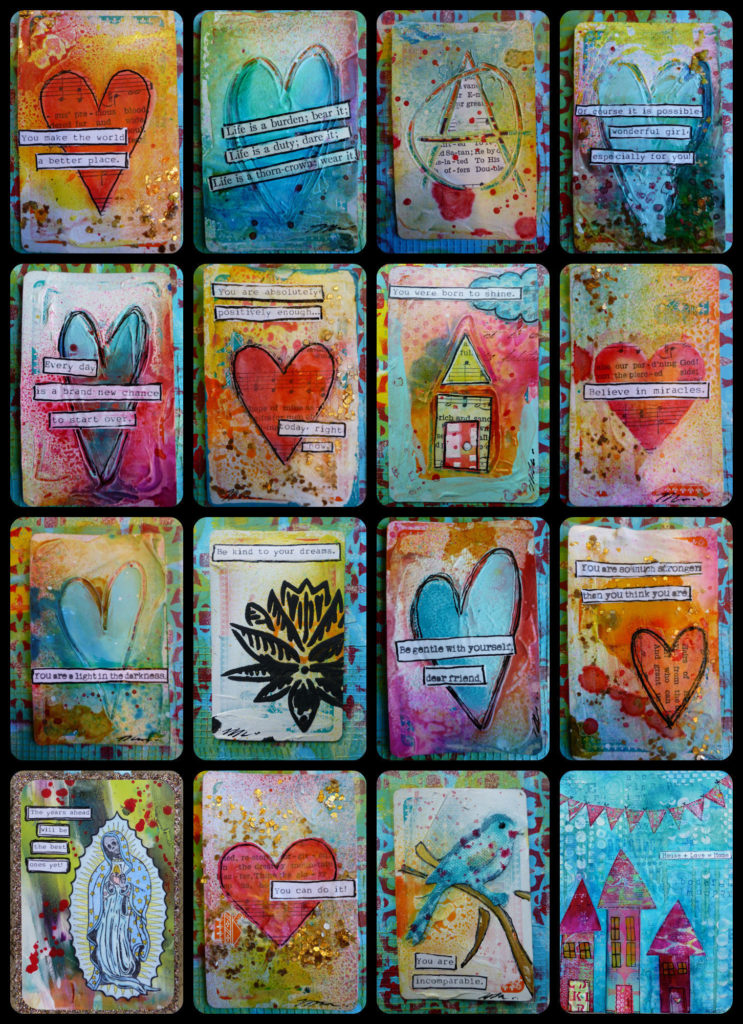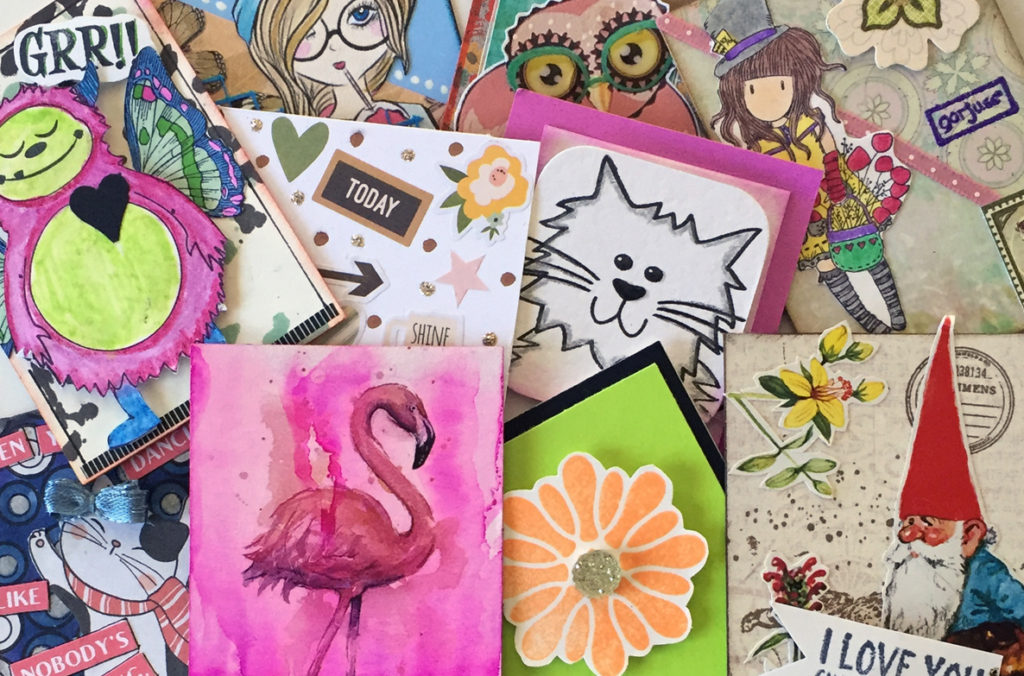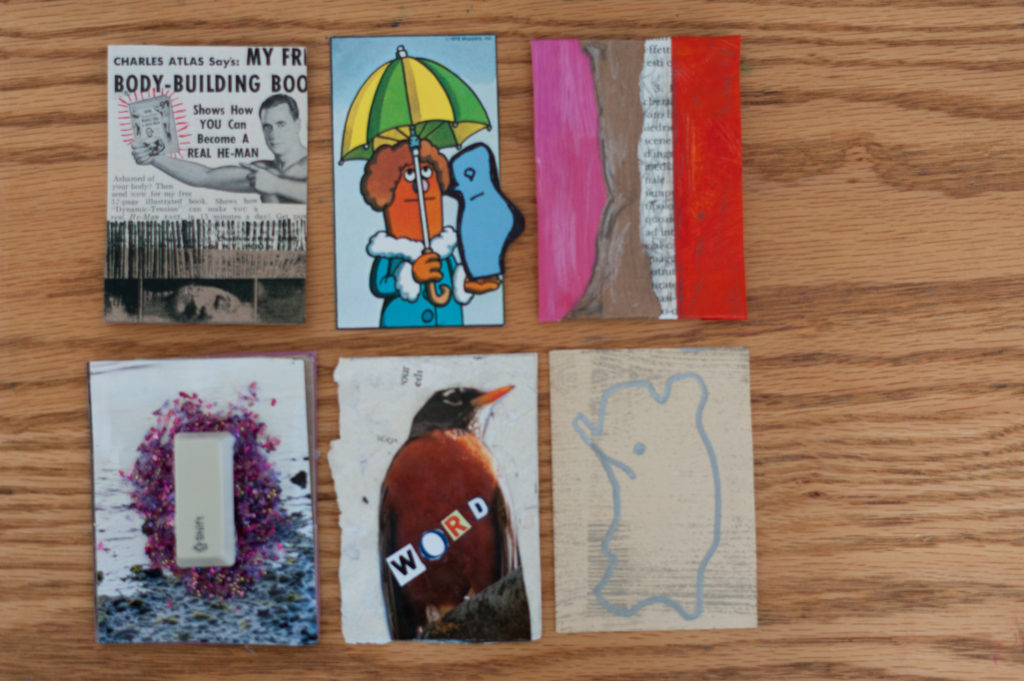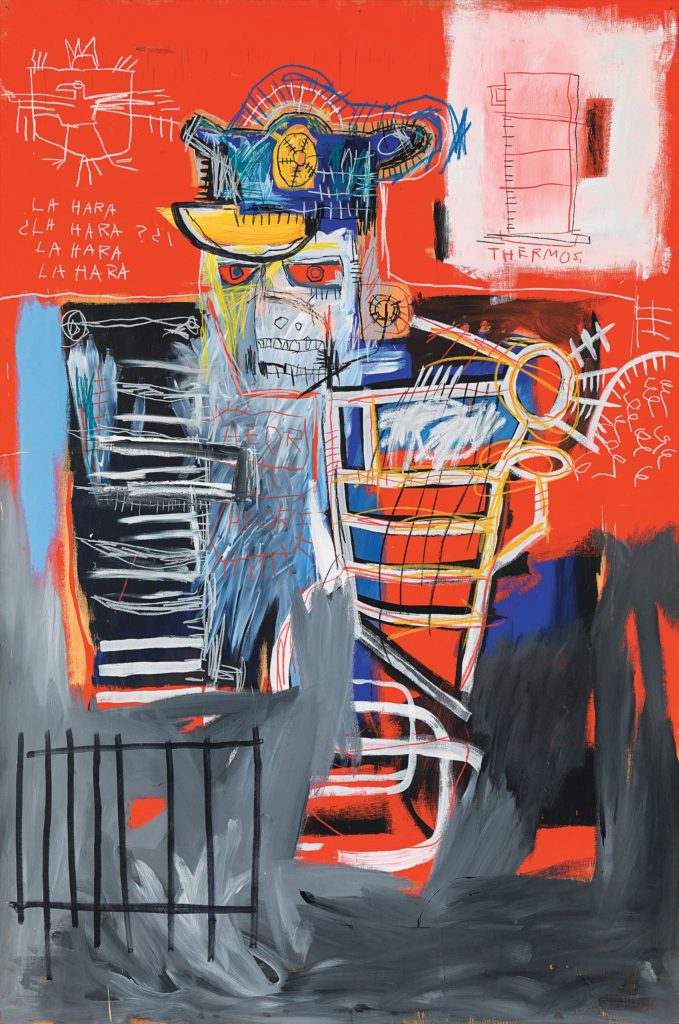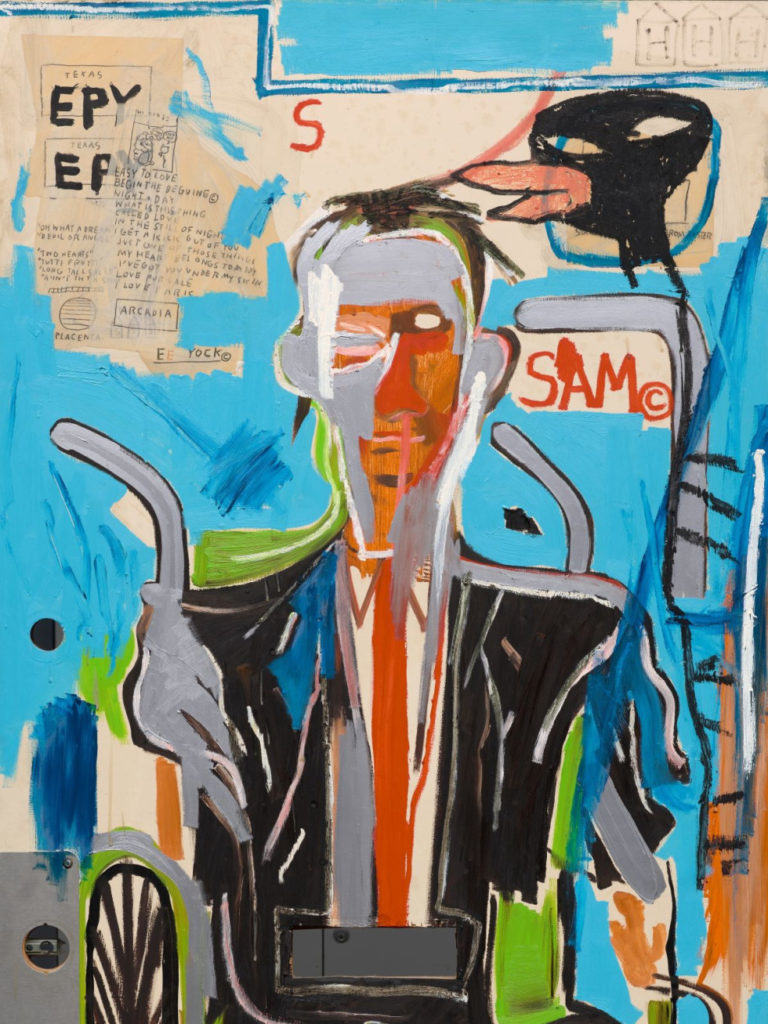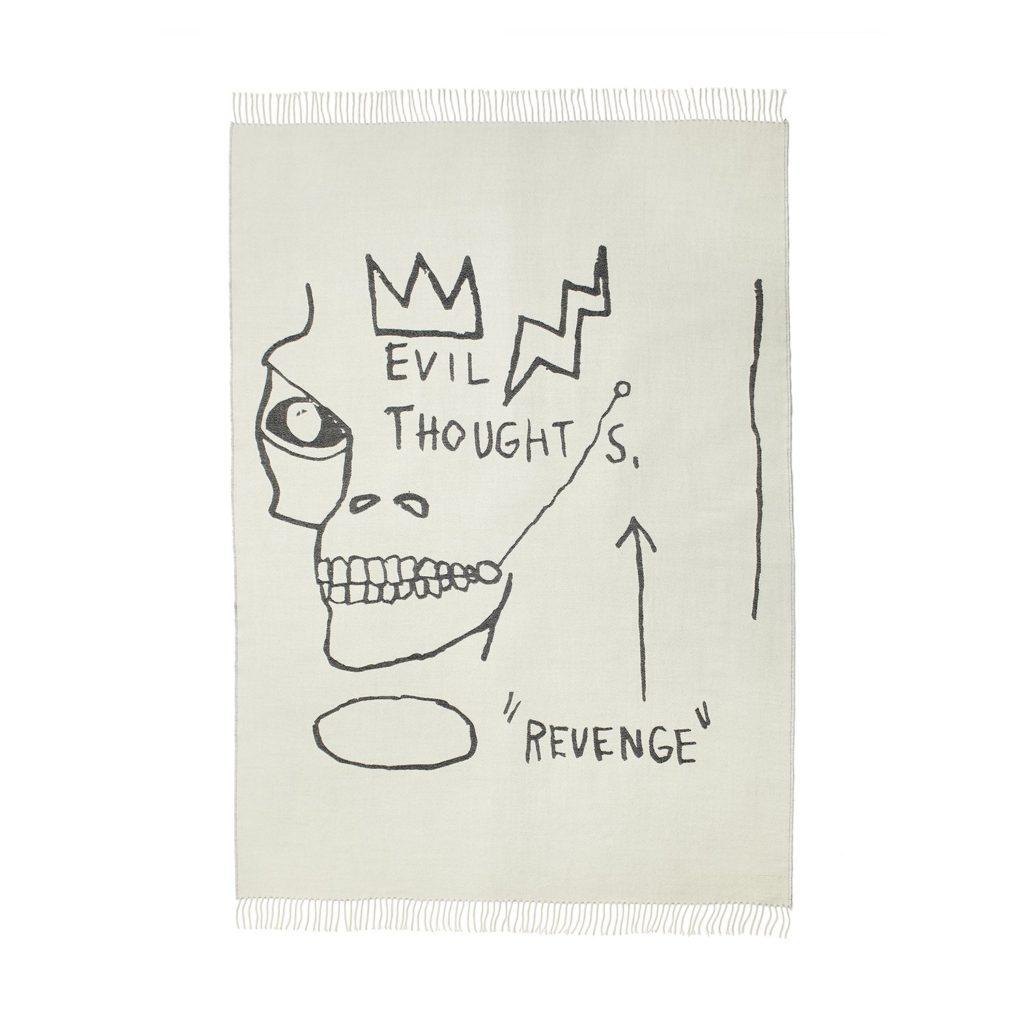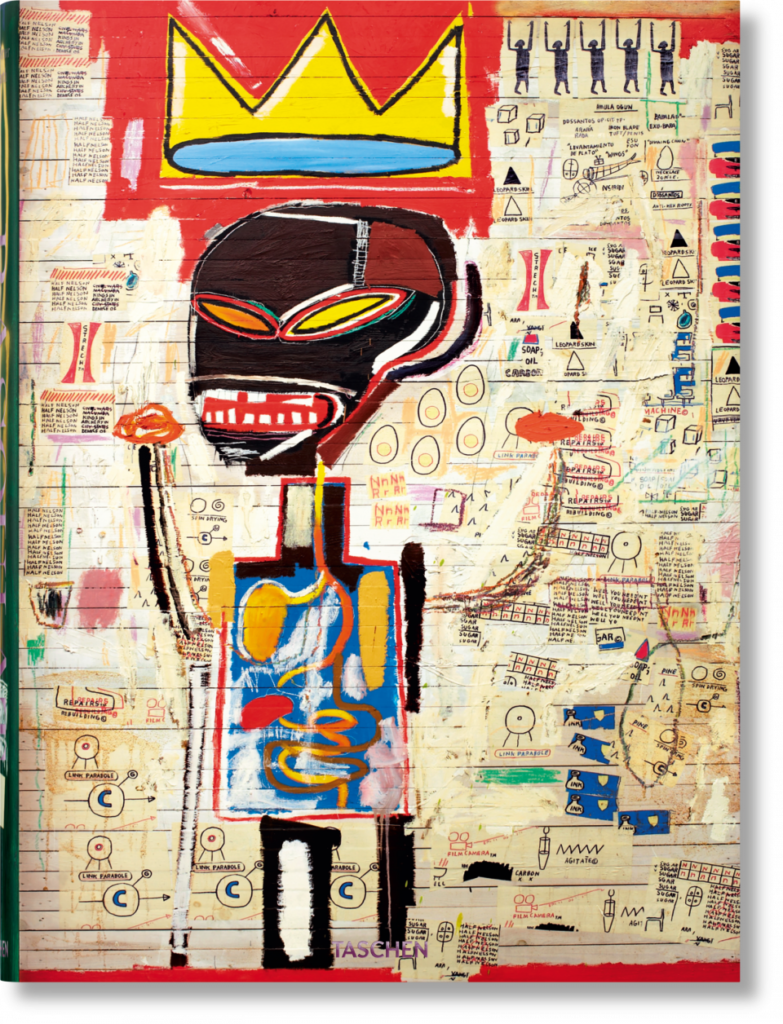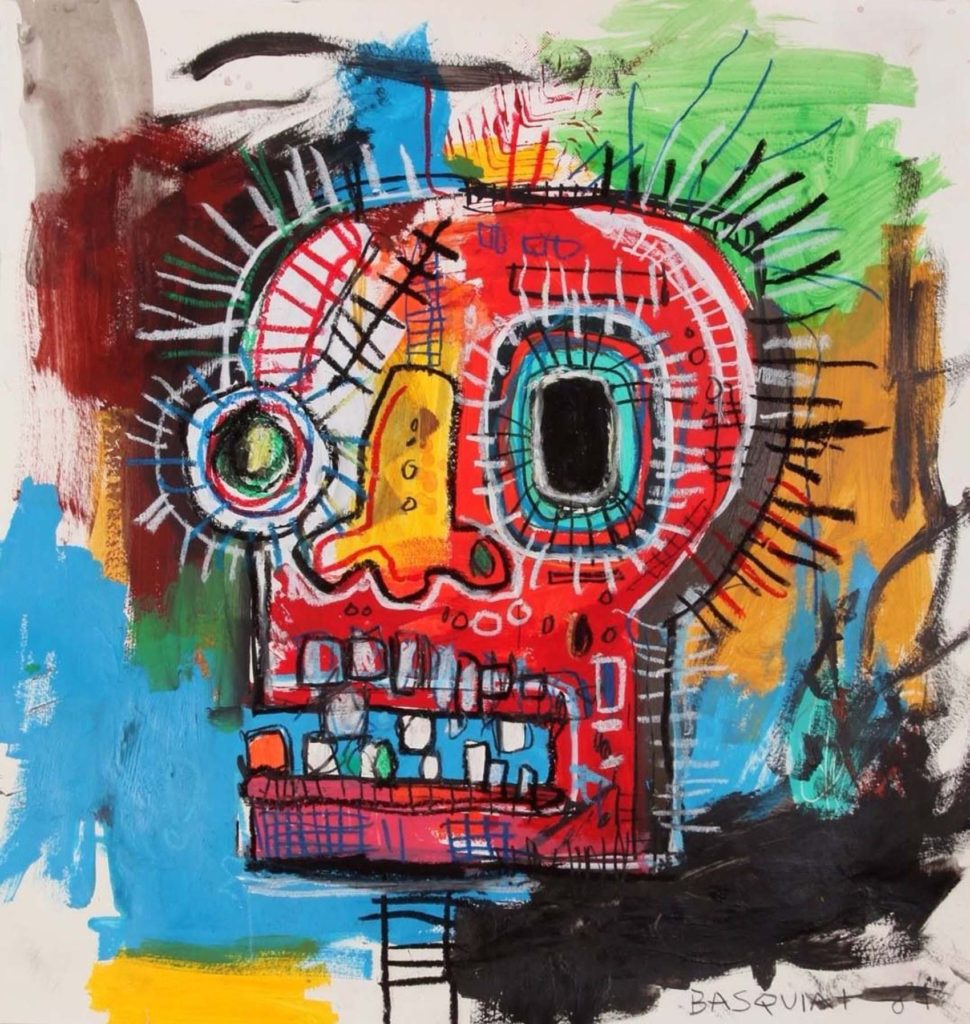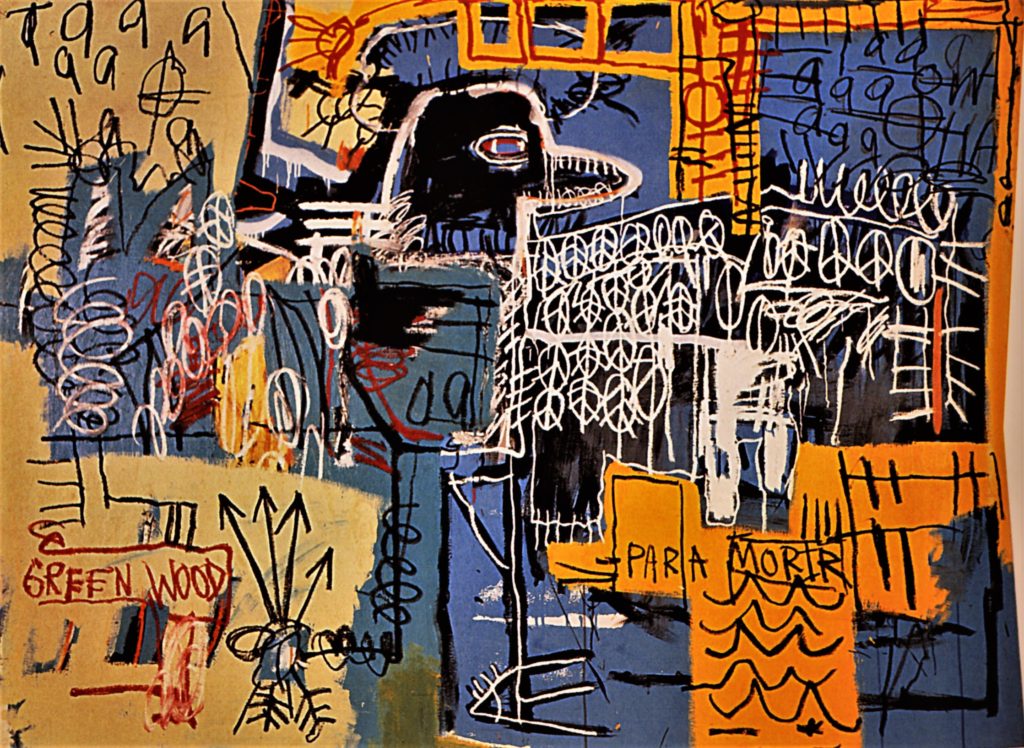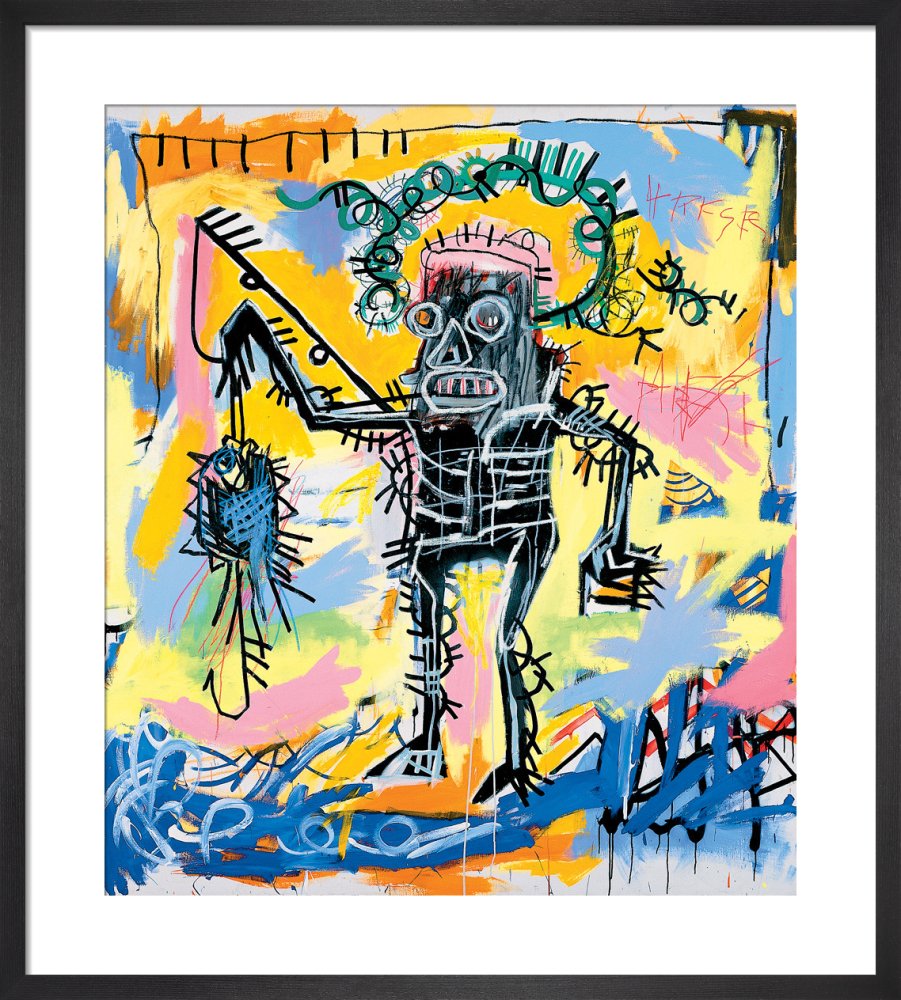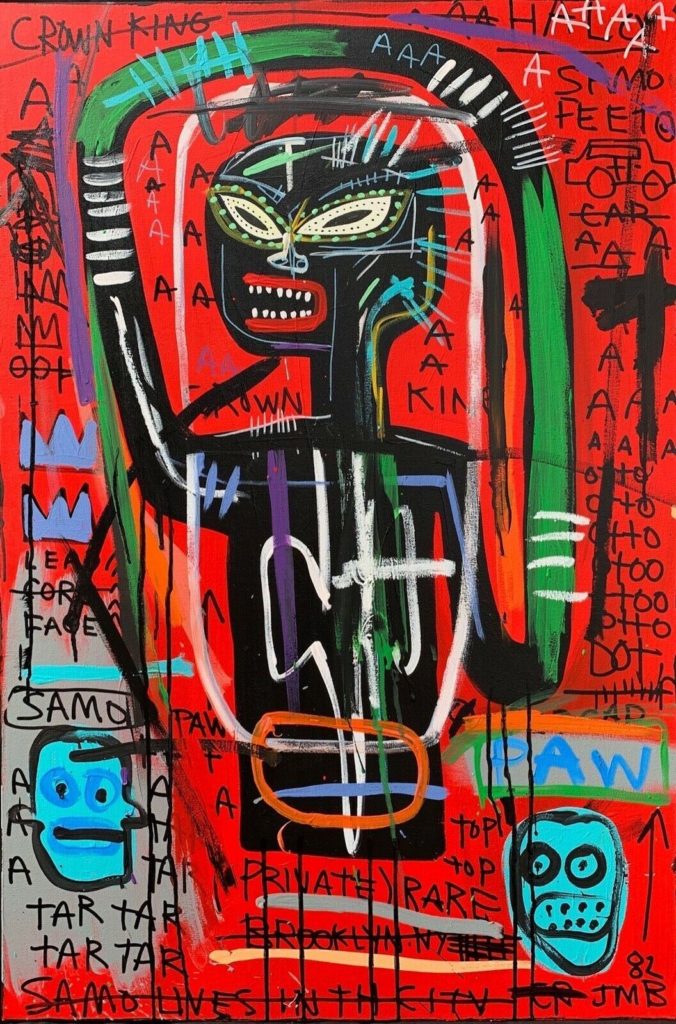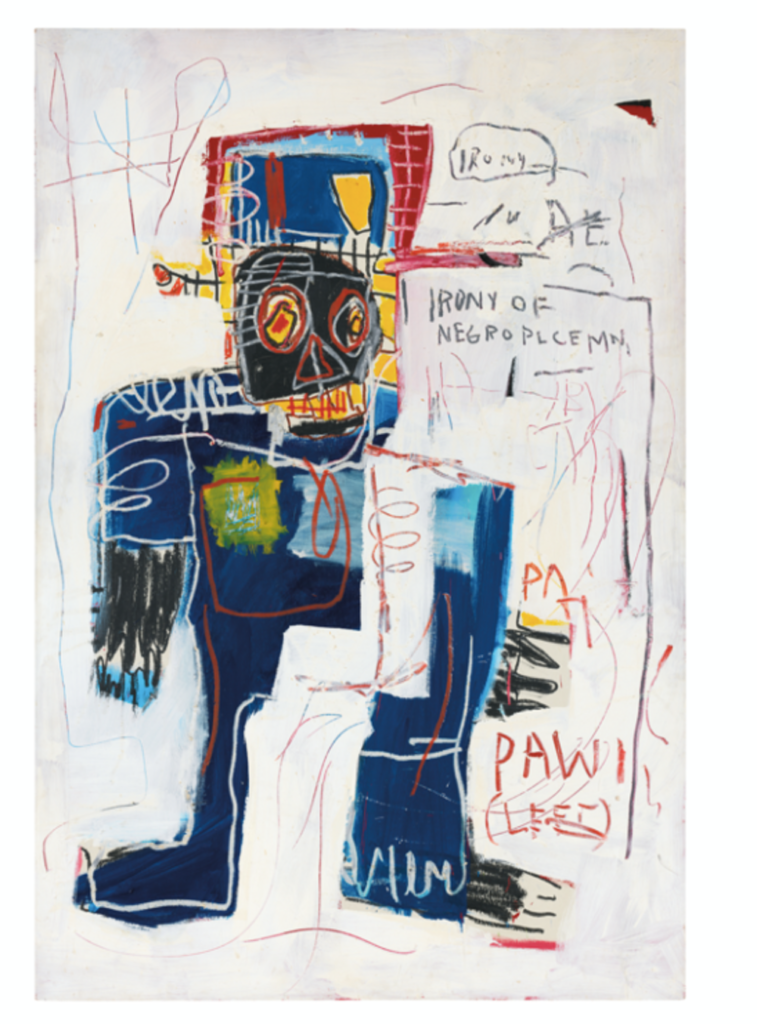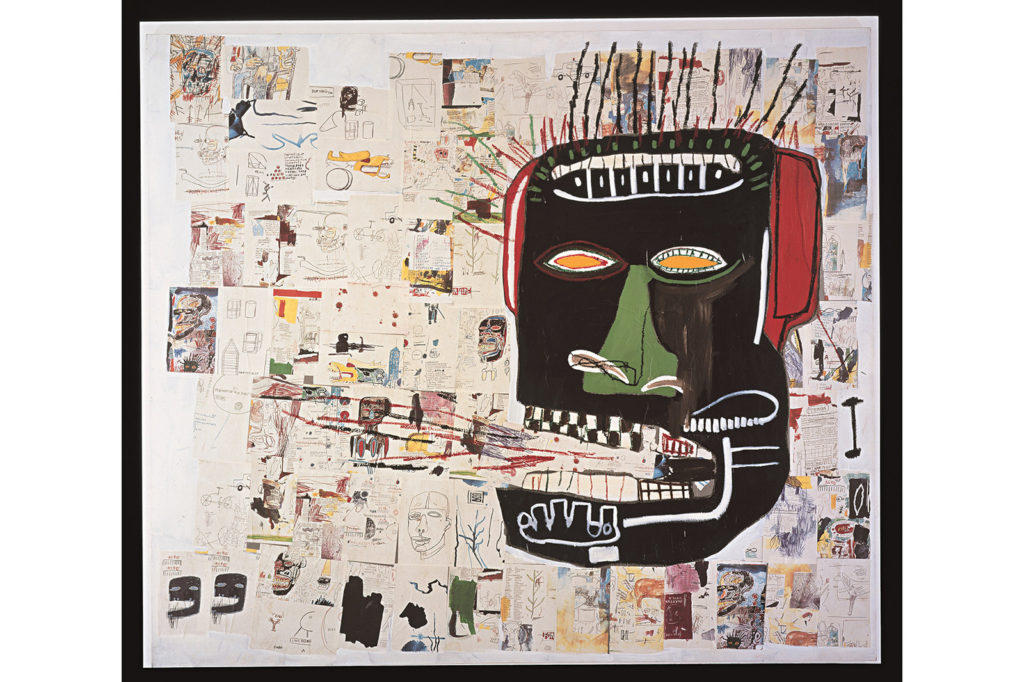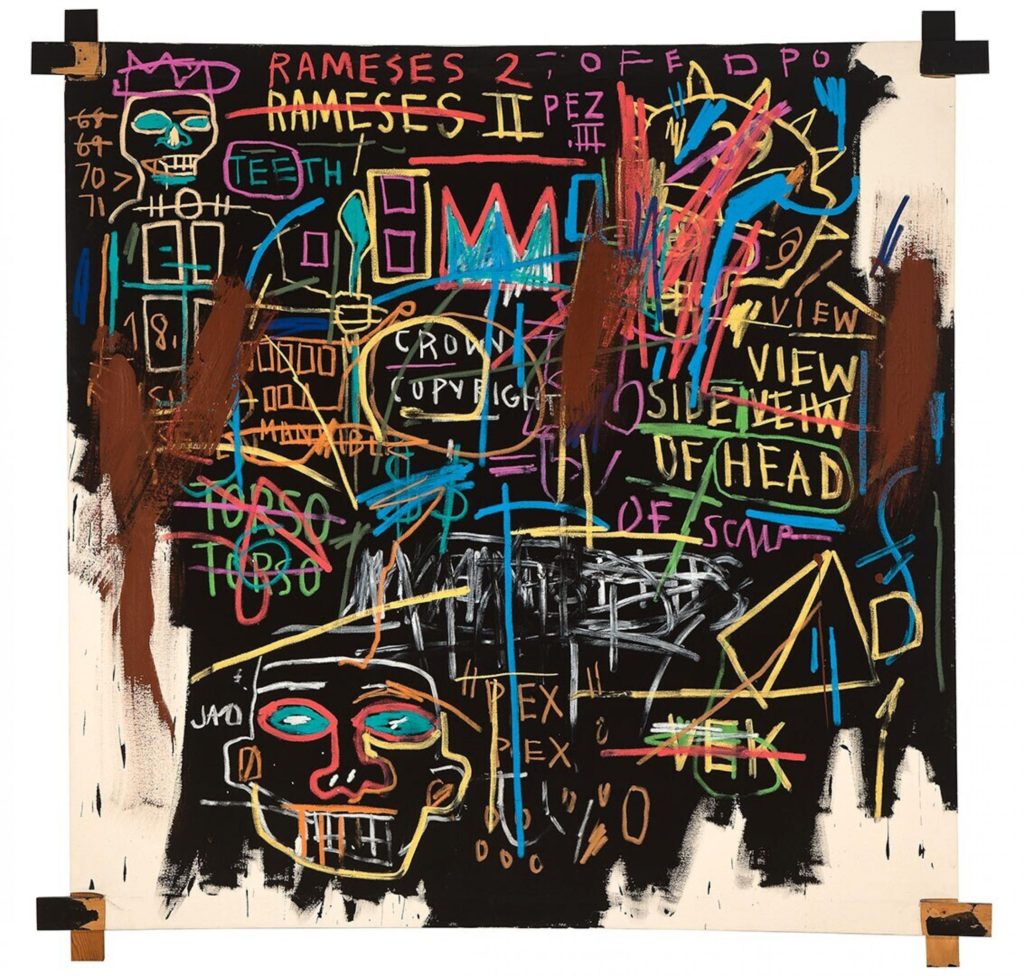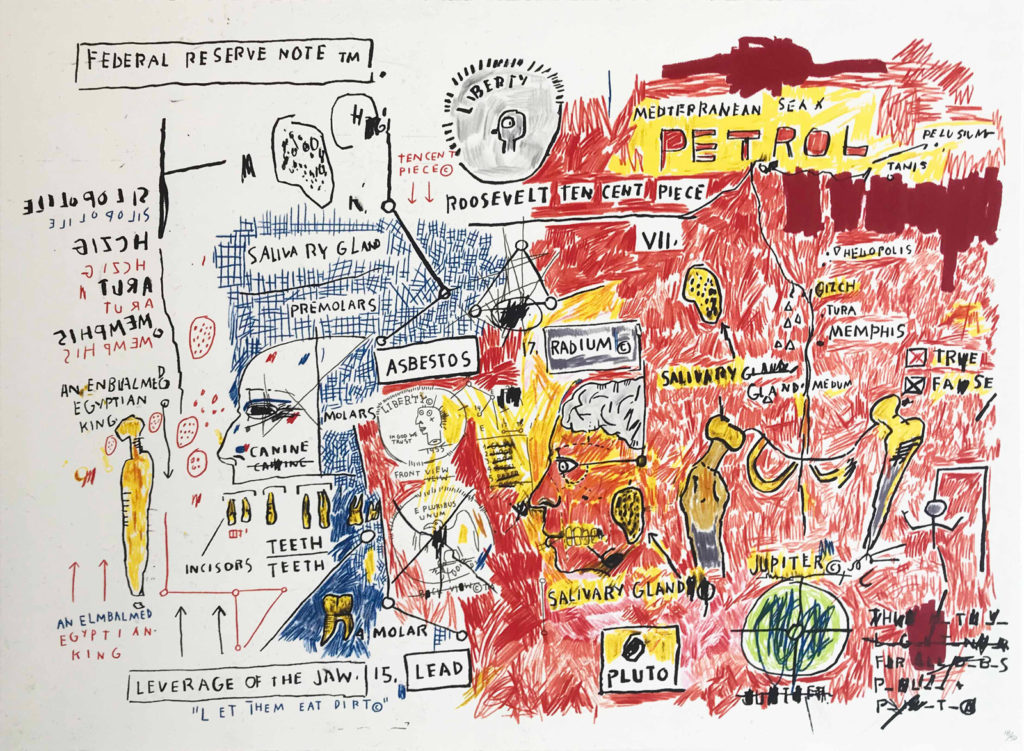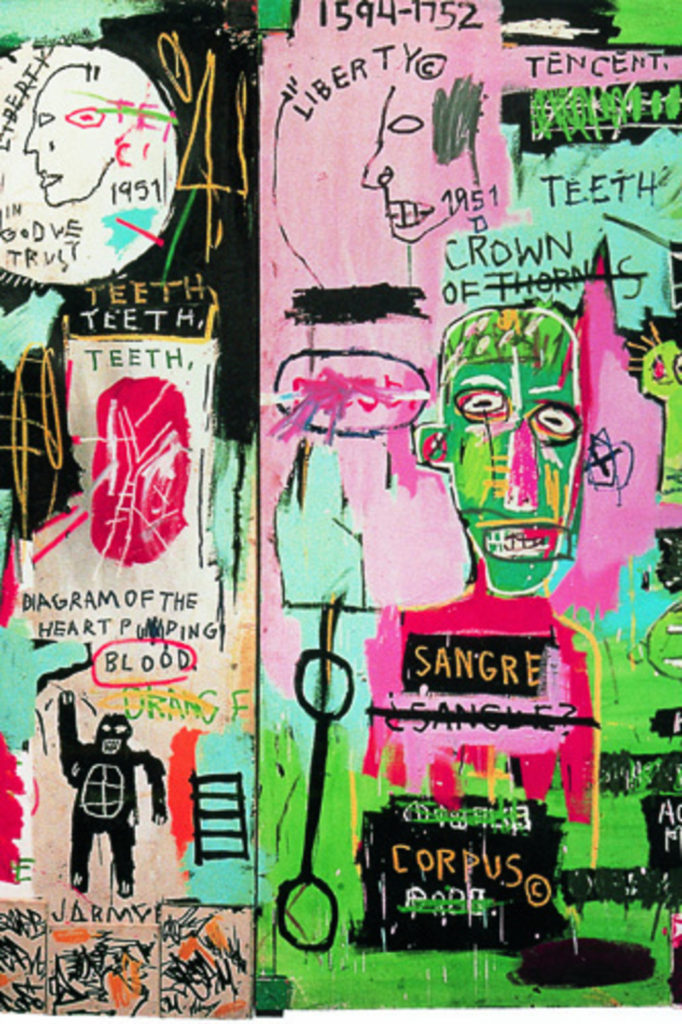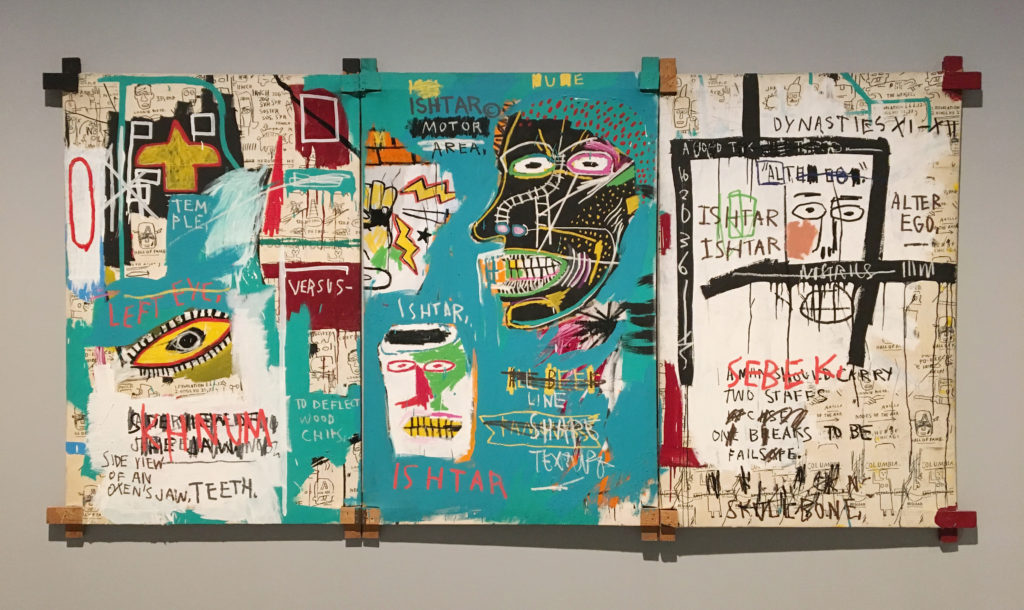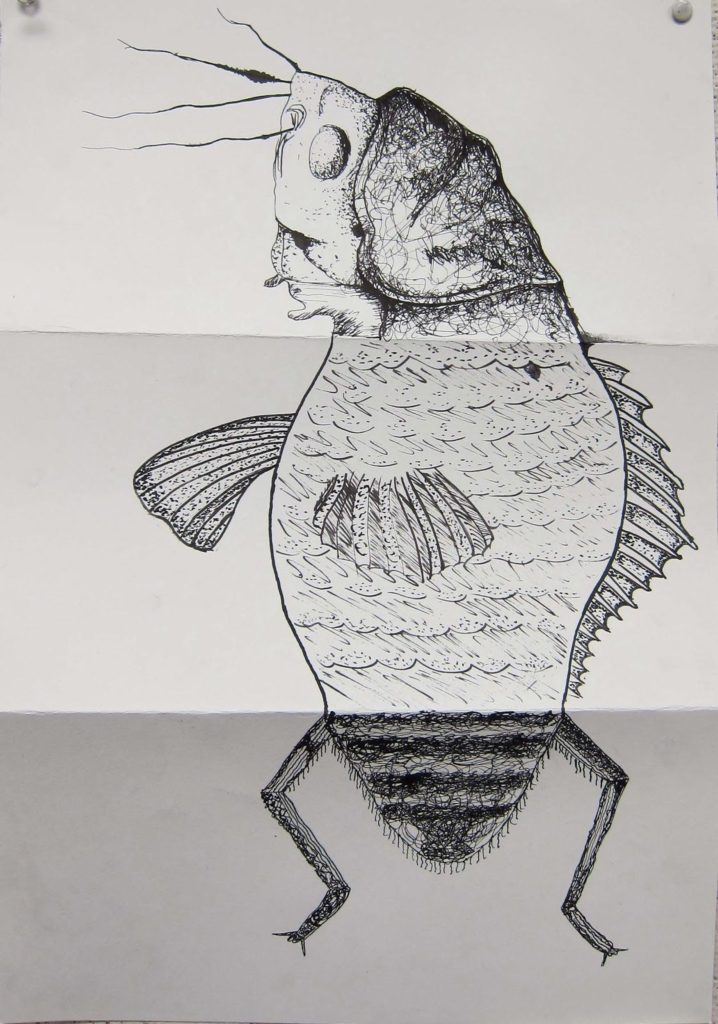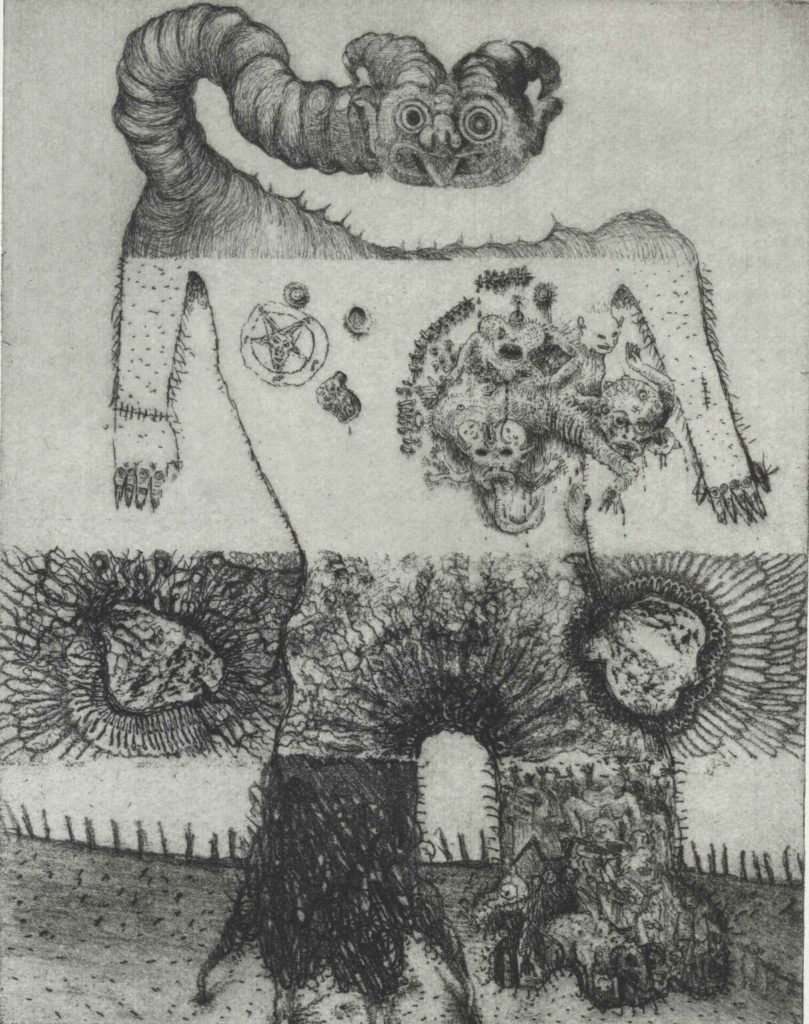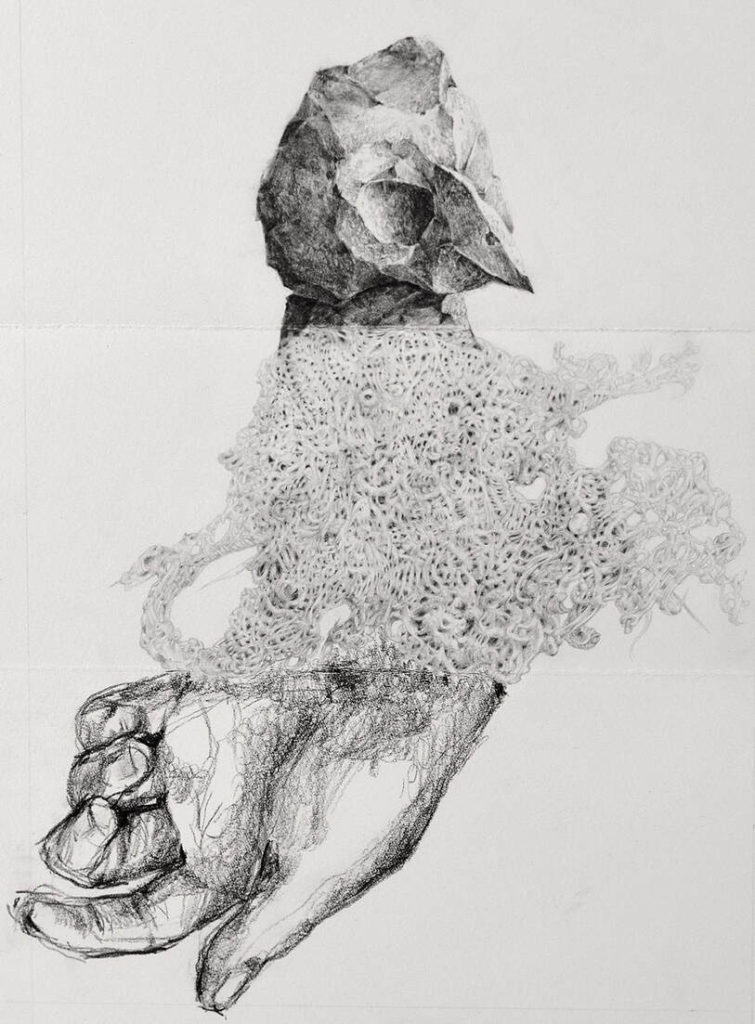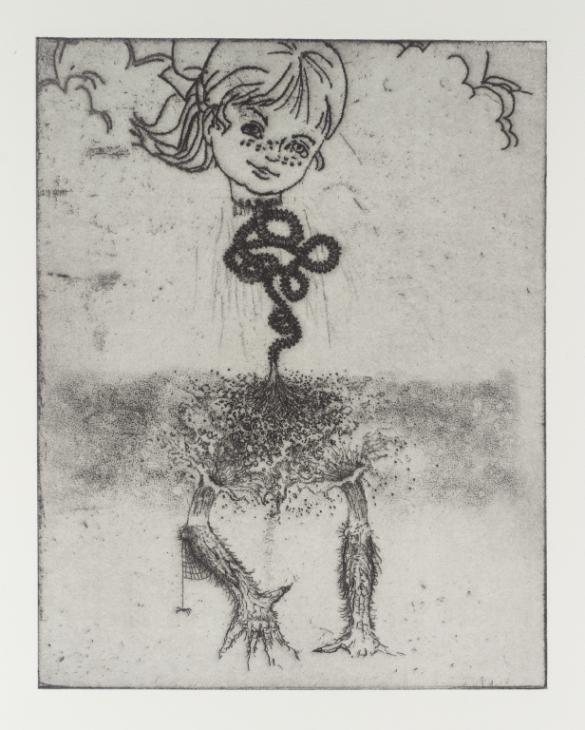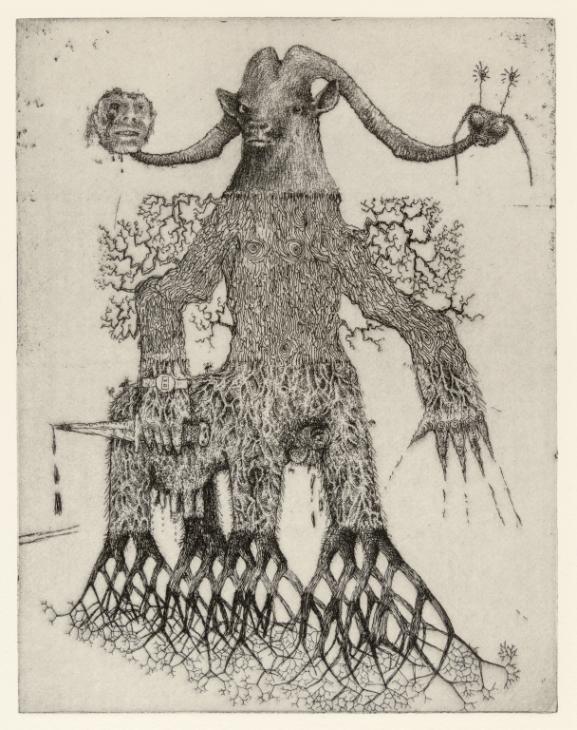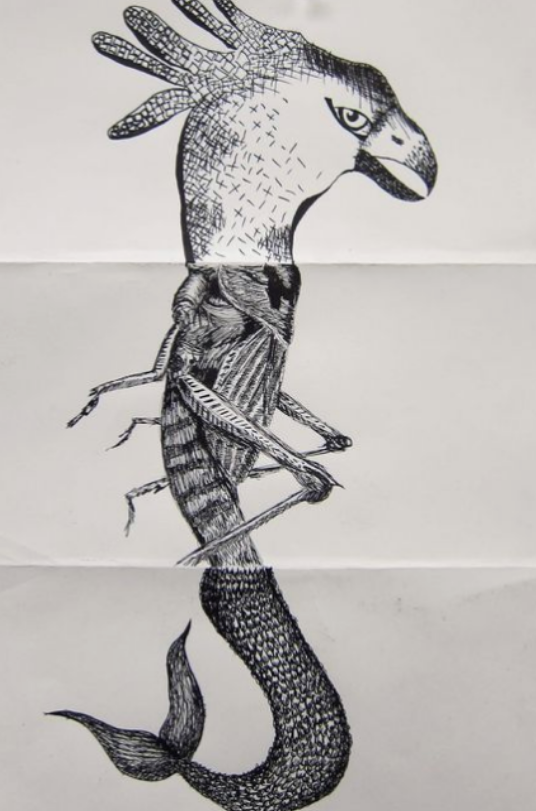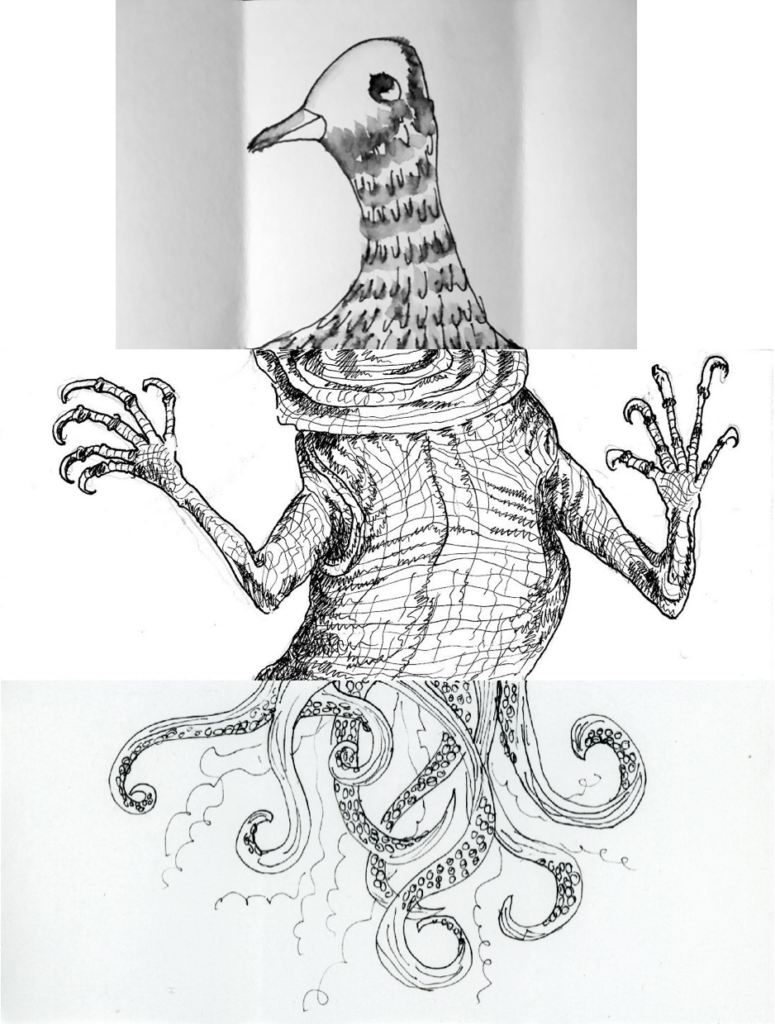Artist trading cards (ATCs) is a conceptual art project initiated by the Swiss artist M. Vänçi Stirnemann in 1997. He called it a Collaborative Cultural Performance. Artist trading cards are 2+1⁄2 by 3+1⁄2 inches (64 mm × 89 mm) in size, the same format as modern trading cards (hockey cards or baseball cards). They are self-made unique works or small series, signed and dated on the reverse by the artist/producer, exchanged and collected by the people who participate in the collaborative performance.
What did you say?
Jean-Michel Basquiat (French: [ʒɑ̃ miʃɛl baskja]; December 22, 1960 – August 12, 1988) was an American artist who rose to success during the 1980s as part of the Neo-expressionism movement.
Basquiat’s art focused on dichotomies such as wealth versus poverty, integration versus segregation, and inner versus outer experience. He appropriated poetry, drawing, and painting, and married text and image, abstraction, figuration, and historical information mixed with contemporary critique. He used social commentary in his paintings as a tool for introspection and for identifying with his experiences in the Black community of his time, as well as attacks on power structures and systems of racism. His visual poetics were acutely political and direct in their criticism of colonialism and support for class struggle.
Since Basquiat’s death at the age of 27 from a heroin overdose in 1988, his work has steadily increased in value. At a Sotheby’s auction in May 2017, Untitled, a 1982 painting by Basquiat depicting a black skull with red and yellow rivulets, sold for $110.5 million, becoming one of the most expensive paintings ever purchased. It also set a new record high for an American artist at auction.
Video Reflection Example
Acrylic Transfer Process
Example Project
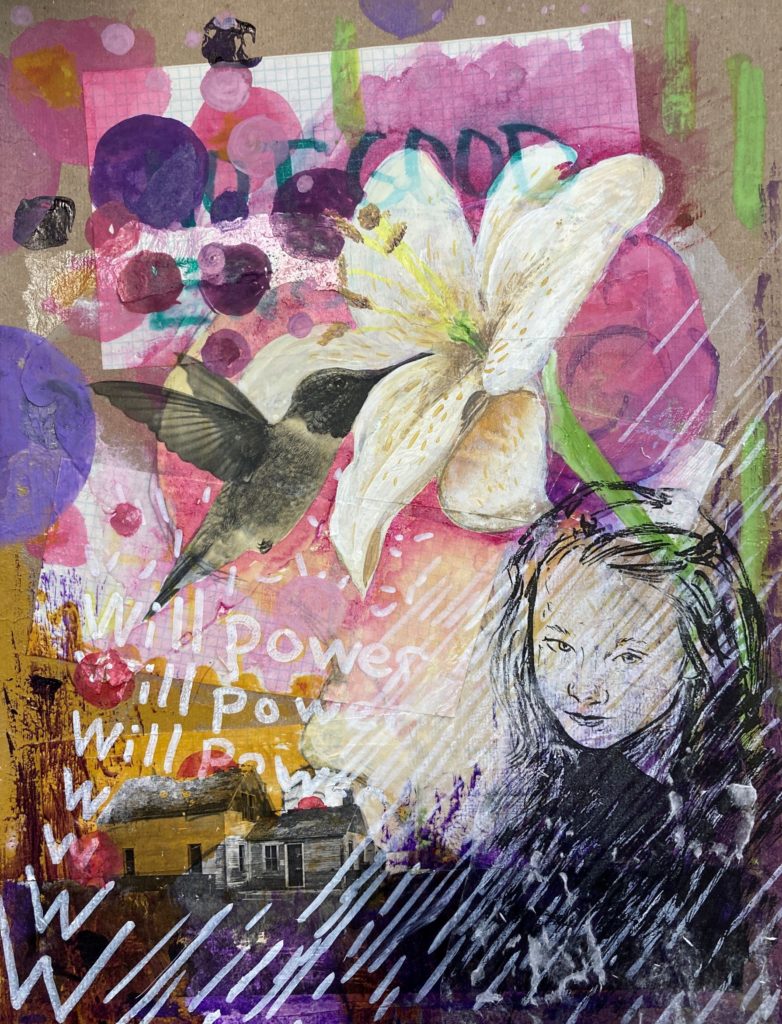
Project Goal:
Create a list of 5 or more things that worry, upset, or anger you. Collect, print, or create 3 or more images of positive things that make you feel good & give your strength. Cut up your list of words and glue down on illustration board and create an over-painting leaving the layer underneath visible in some areas using a variety of painting techniques (thick, thin, & transfer).
Is it something you like now? If not layer over it again & again until it is.
What does it mean? Complete the video reflection on your work using the question guide each day of the project.
Exquisite Corpse
Participants play by taking turns drawing sections of a character on a sheet of paper, folded to hide each individual contribution. The first player adds a head—then, without knowing what that head looks like, the next artist adds a torso, and so on. draw the neck and the legs slightly over the fold so the next person knows where to begin. In this way, a strange, comical, often grotesque creature is born. Take your time and add detail and shading to your sections using the shading guide examples using the whole 5 minutes allowed.
Exquisite corpse (from the original French term cadavre exquis, literally exquisite cadaver), is a method by which a collection of images is collectively assembled. Each collaborator adds to a composition in sequence, by being allowed to see only the end of what the previous person contributed.
This technique was invented by surrealists and is similar to an old parlour game called Consequences in which players write in turn on a sheet of paper, fold it to conceal part of the writing, and then pass it to the next player for a further contribution. Surrealism principal founder André Breton reported that it started in fun, but became playful and eventually enriching. Breton said the diversion started about 1925, but Pierre Reverdy wrote that it started much earlier, at least as early as 1918.[1]
The name is derived from a phrase that resulted when Surrealists first played the game, “Le cadavre exquis boira le vin nouveau.” (“The exquisite corpse shall drink the new wine.”)[1][2] André Breton writes that the game developed at the residence of friends at an old house in Montparnasse, 54 rue du Château (no longer existing). Besides himself he mentions Marcel Duhamel, Jacques Prévert, Yves Tanguy and Benjamin Péret as original participants.[1][3]
Example Drawings


